Earth’s toughest environments call for some extraordinary creatures. In deserts, icy tundras, and high mountain ranges, certain mammals have evolved unique adaptations to survive and even thrive where few others can. From thick fur and special diets to unusual body shapes and behaviors, they reveal just how inventive nature can be in the face of extreme conditions. Here are some of the most unusual mammals built to endure harsh environments around the world.
Platypus
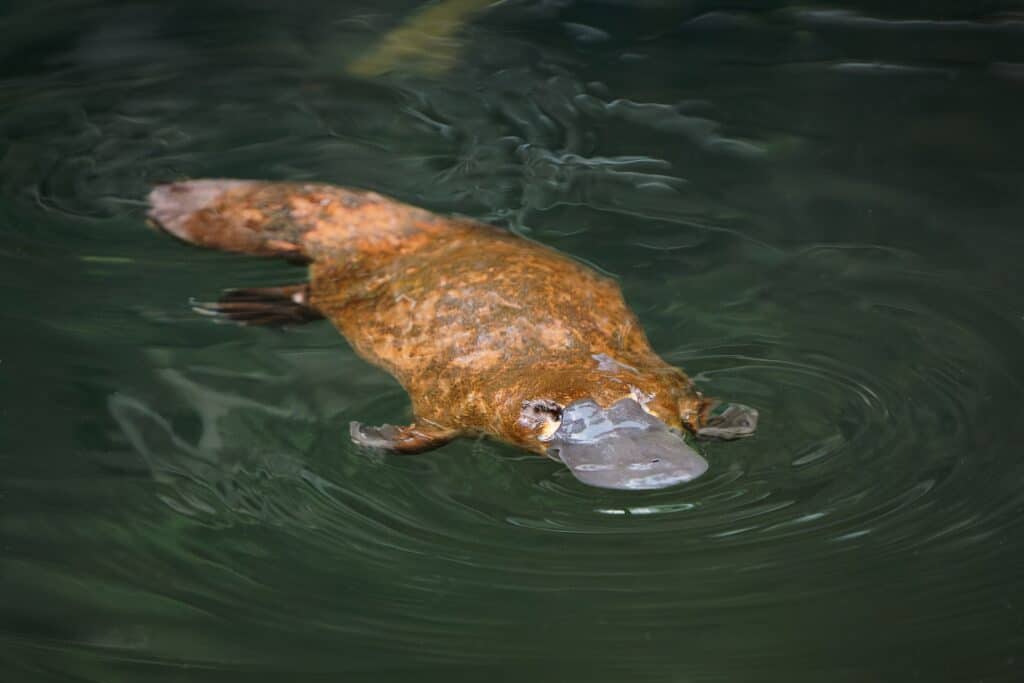
The platypus, native to eastern Australia, is one of the most unusual mammals, combining features of birds, mammals, and reptiles. As a monotreme, it lays eggs instead of giving birth to live young, a rare trait among mammals. Its duck-like bill is equipped with electroreceptors, allowing it to detect prey underwater with remarkable precision. Webbed feet aid in swimming, while a beaver-like tail stores fat reserves for energy. Males possess venomous spurs on their hind legs, a feature uncommon among mammals. It thrives in freshwater rivers and streams, hunting at night and resting in burrows during the day. Its ability to navigate both aquatic and terrestrial environments showcases its exceptional adaptability. It is also well-suited to colder waters due to its thick, insulating fur that keeps it warm. This fascinating creature is one of the last surviving members of its family, Ornithorhynchidae.
Star-Nosed Mole
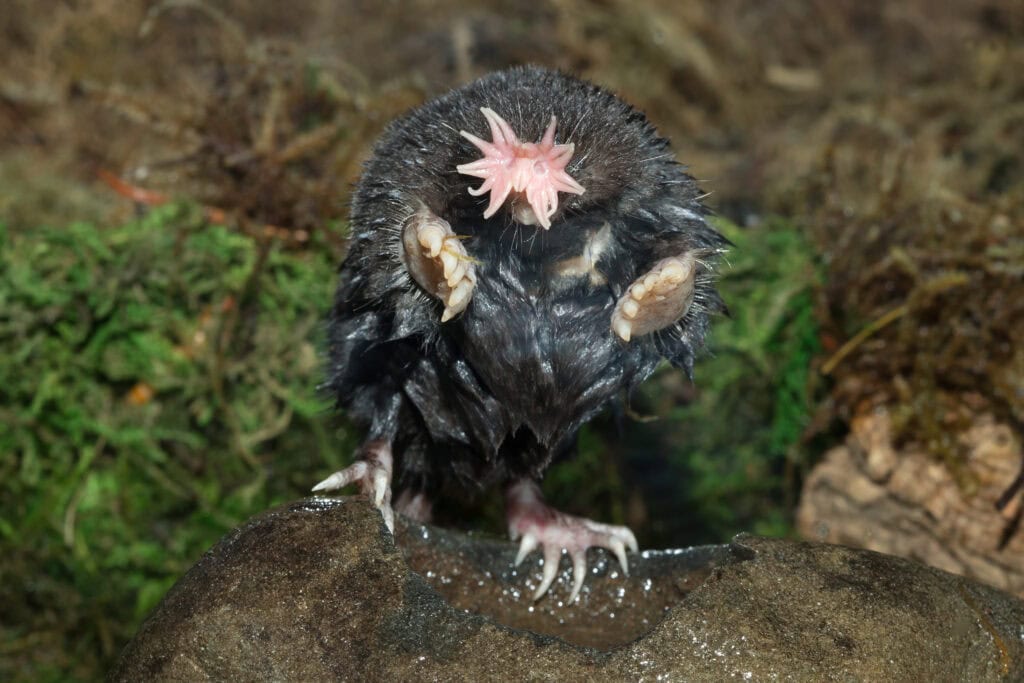
The star-nosed mole, found in North America, is easily recognizable by the 22 pink, fleshy tentacles surrounding its nose. These tentacles are highly sensitive touch organs, enabling the mole to detect and consume prey with astonishing speed. Living in wet lowland areas, it has adapted to both terrestrial and aquatic habitats, often swimming to find food. Its unique nasal appendages allow it to forage efficiently in complete darkness, a necessity in its subterranean lifestyle. It is also among the few mammals capable of smelling underwater by exhaling air bubbles onto objects and then inhaling them back in. This adaptation gives it an incredible advantage in its murky, wet habitat. Its rapid processing of sensory information makes it one of the fastest foragers in the animal kingdom.
Bactrian Camel
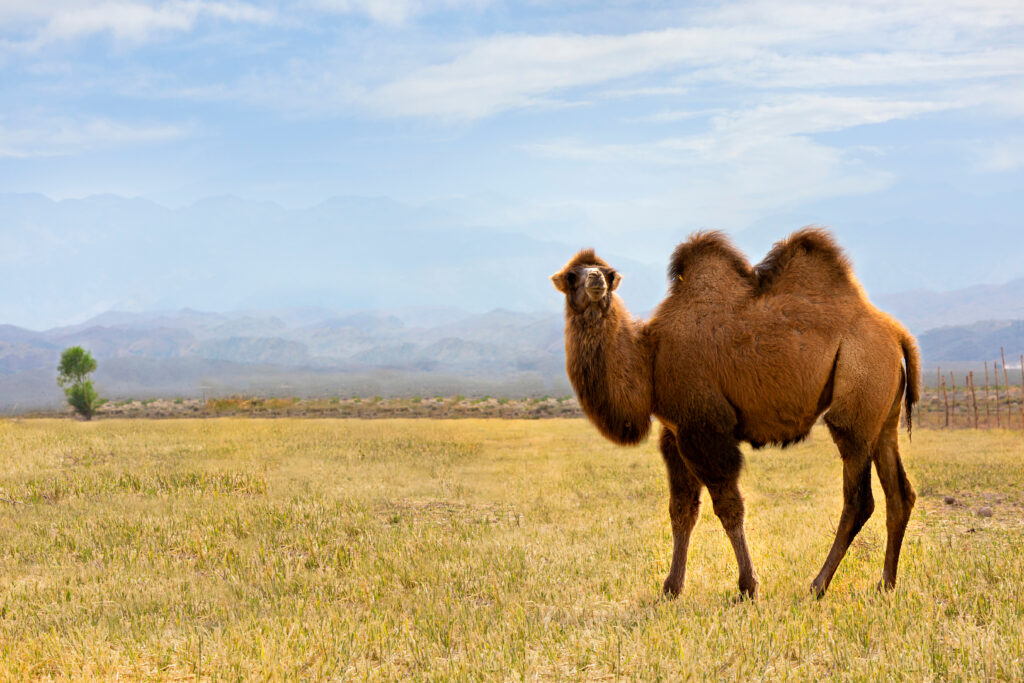
The Bactrian camel, native to the cold deserts of Central Asia, is perfectly adapted to one of the harshest climates on Earth. With two humps that store fat for energy, it can survive long periods without food and water. Thick fur provides insulation during the freezing winters, while it sheds in summer to tolerate higher temperatures. Its unique nostrils can close tightly to keep out sand, and long eyelashes shield its eyes from dust storms. Its broad, tough footpads allow it to traverse rocky, sandy terrain effortlessly. They can drink up to 30 gallons of water in a single session, a crucial adaptation for their arid environment. This resilience enables them to endure extreme temperatures ranging from -20°C to 40°C. They are also among the few mammals that can consume salty water, thanks to their unique kidney structure.
Snow Leopard
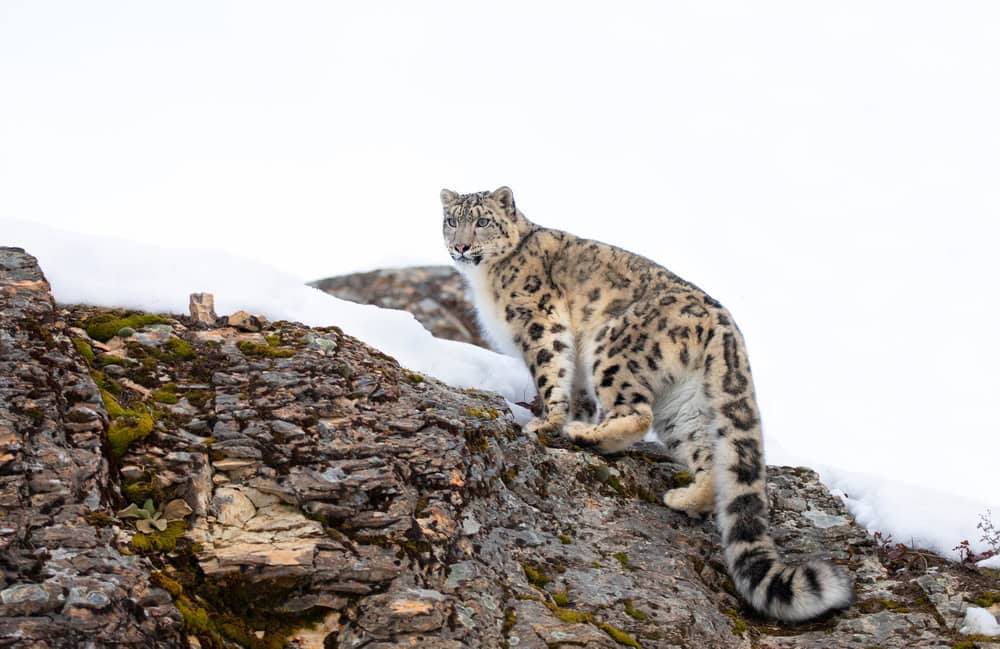
The snow leopard, found in the mountainous regions of Central Asia, is well-adapted to cold, rugged environments. Its thick fur and long, bushy tail help it withstand freezing temperatures, while its large paws act like snowshoes to prevent it from sinking into the snow. With powerful hind legs, it can leap up to 50 feet, allowing it to navigate steep and rocky terrain. The unique shape of its nasal cavities warms cold air before it reaches the lungs, a vital adaptation for high-altitude living. Unlike most big cats, they are solitary and blend seamlessly into their surroundings with their gray, spotted coat. They hunt ibex, blue sheep, and smaller mammals, often surviving on scarce food resources. Its keen sight and excellent hearing aid it in tracking prey across vast, desolate landscapes. Their elusive nature and stealthy behavior make them incredibly difficult to spot in the wild.
Fennec Fox
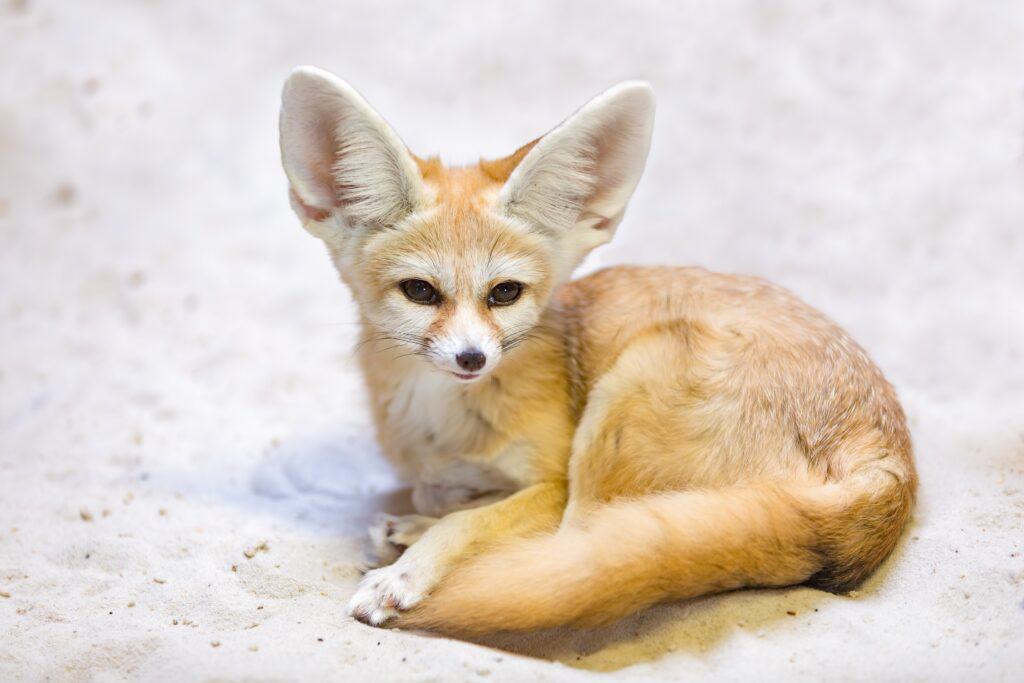
The fennec fox, native to the Sahara Desert, is instantly recognizable due to its large ears, which help dissipate heat and detect distant sounds. With thick fur that protects against both hot days and cold nights, it is perfectly suited to extreme desert conditions. Its pale coat reflects sunlight, while fur-covered feet provide traction on the sand and prevent burns. They live in burrows to escape the intense heat and emerge only at night to hunt insects, small mammals, and plants. Their kidneys are adapted to conserve water, allowing them to survive in areas with minimal moisture. They can go indefinitely without drinking, deriving moisture from food sources. They also have a unique way of communicating, using high-pitched sounds to locate their companions.
Musk Ox
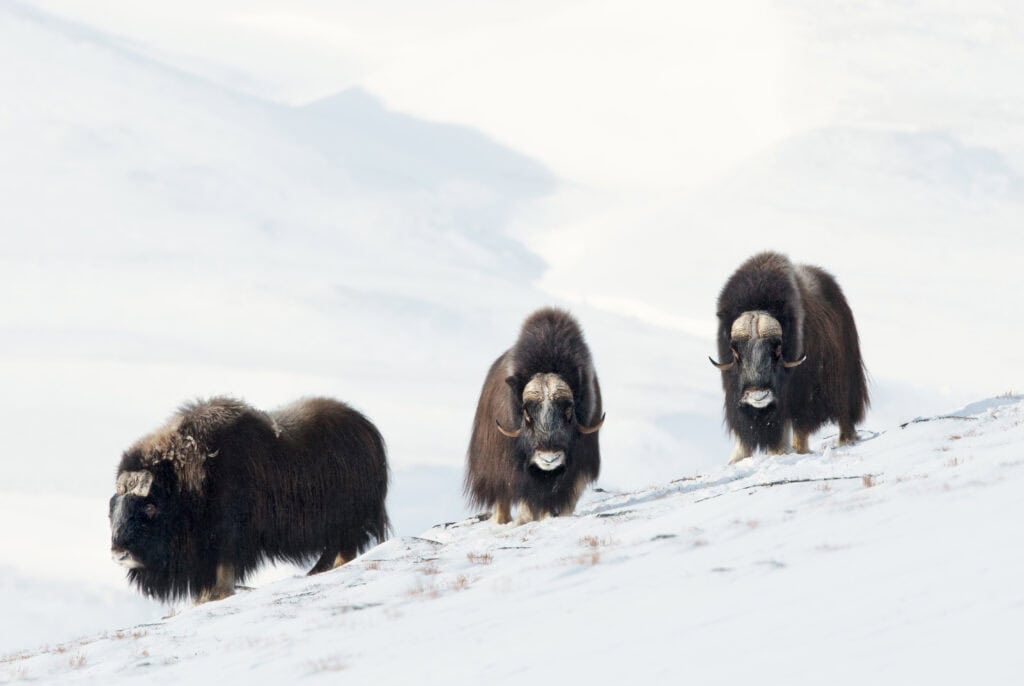
The musk ox, native to the Arctic tundra, is a powerful, shaggy-coated mammal capable of enduring extreme cold. Its long outer hair, called guard hair, covers a dense wooly undercoat that provides insulation even in sub-zero temperatures. They live in herds for protection against predators and form circles, with their horns facing outwards, to defend against wolves. Their short legs and compact body structure help conserve heat, while sharp hooves break through ice to access vegetation. They are herbivores, subsisting on grasses, mosses, and lichens that they dig from under the snow. During the summer, they store fat to survive the lean winter months. Its coat is so warm that its wool, called qiviut, is highly prized for making extremely warm garments.
Naked Mole-Rat
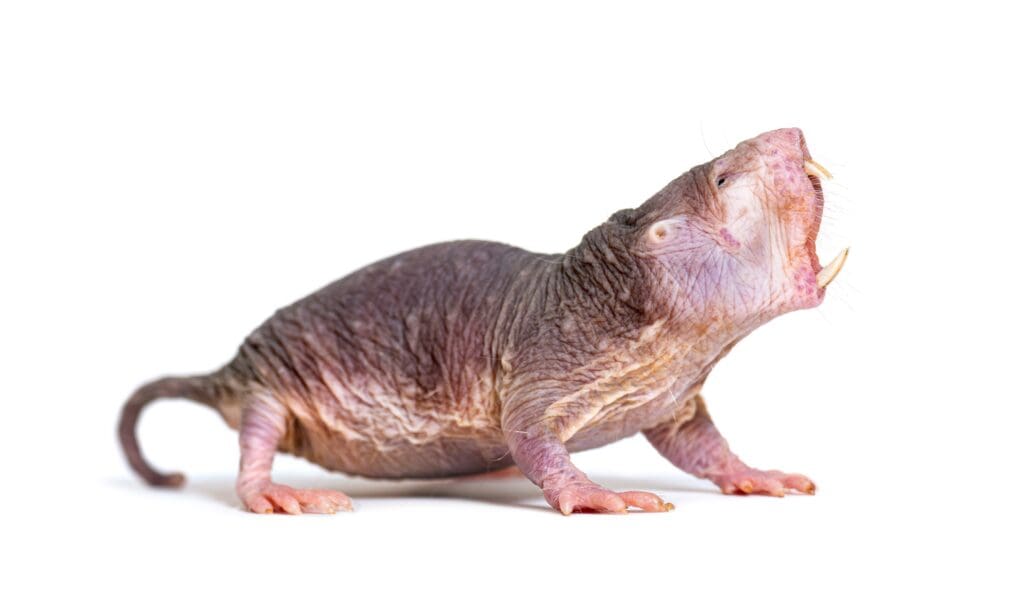
The naked mole-rat, found in East Africa, is one of the only mammalian species with a eusocial structure similar to ants or bees. This burrowing rodent lives in colonies with a single breeding queen and a caste system that includes workers and soldiers. Adapted to underground life, it has almost no hair, wrinkled skin, and low metabolic rates that help conserve energy. It is highly resistant to cancer, and its cells can survive with minimal oxygen, allowing it to thrive in its low-oxygen environment. It also has a unique pain tolerance, as its nerve cells are unresponsive to certain pain stimuli common to other animals. It can go without food for extended periods, thanks to its ability to digest cellulose from underground plant material. Its exceptional resistance to disease has made it a subject of scientific study for potential health benefits in humans.
Jerboa
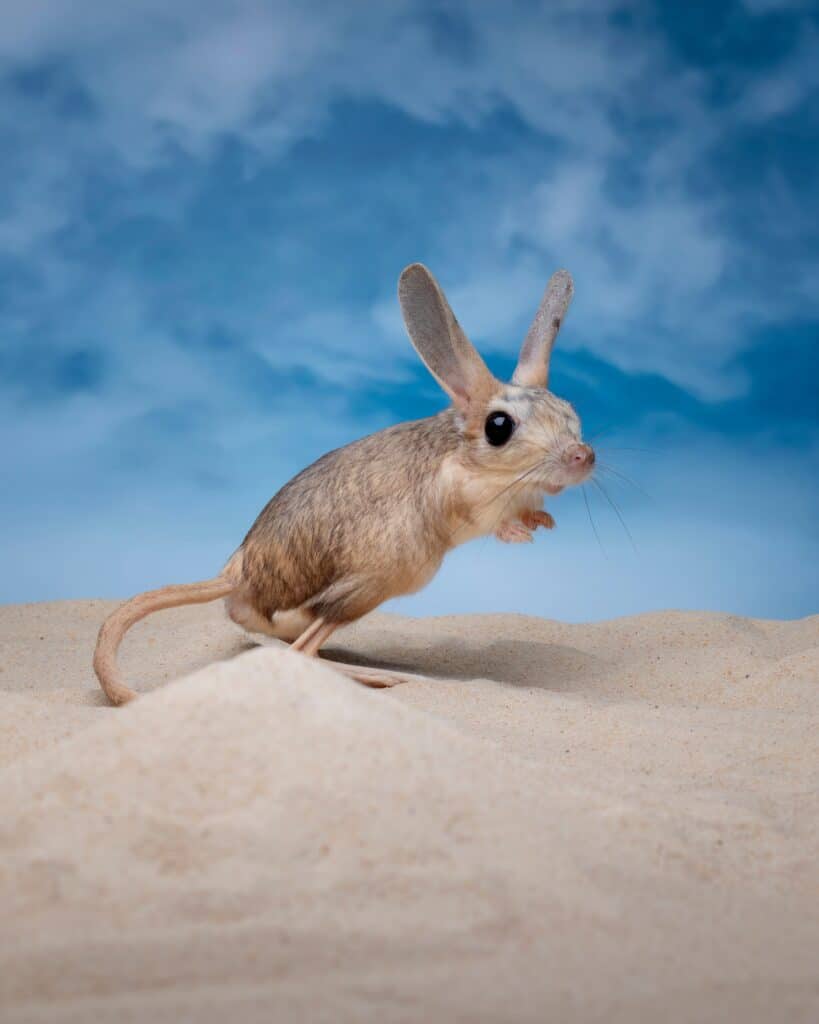
The jerboa, a small hopping rodent found in desert regions of North Africa and Asia, is adapted for life in arid climates. Its long hind legs enable it to leap great distances, helping it escape from predators and cover ground quickly. They live in burrows, which protect them from the heat during the day and the cold at night. Their large ears aid in dissipating heat, and they have highly efficient kidneys that conserve water. They primarily feed on seeds and plants, extracting moisture directly from their food. They have minimal sweat glands, preventing unnecessary water loss in their dry environment. Their nocturnal nature allows them to avoid the desert’s extreme daytime temperatures.
Alpine Ibex
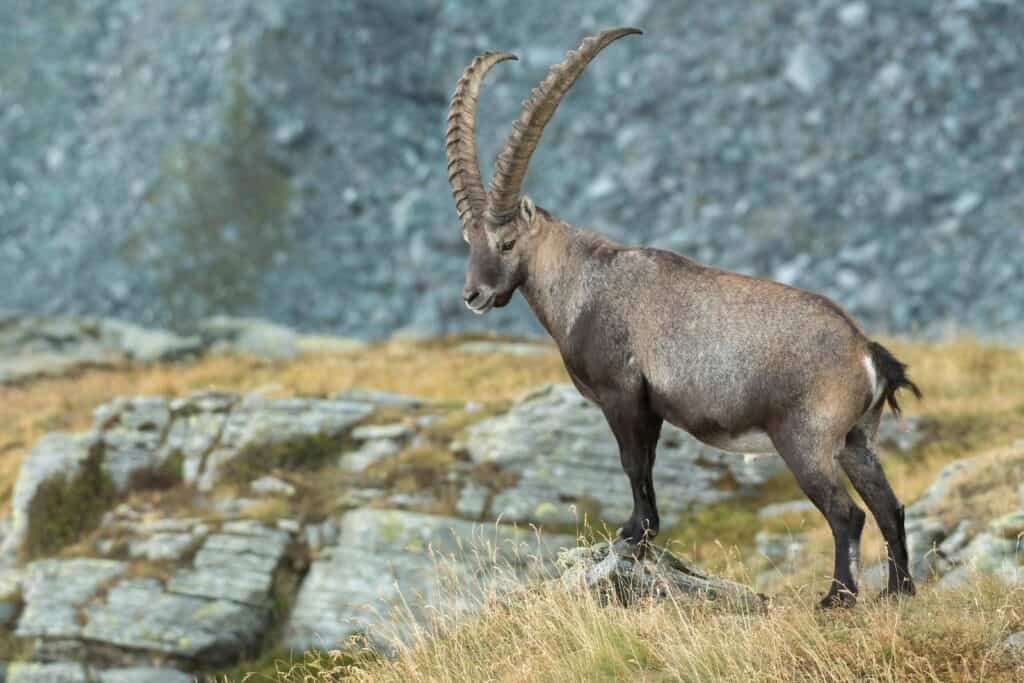
The alpine ibex, a wild goat species native to the European Alps, is renowned for its agility and climbing abilities on steep, rocky slopes. With specialized hooves that provide excellent grip, it can scale cliffs to escape predators and access sparse vegetation. Their thick winter coats keep them warm at high altitudes, while a thinner coat in summer helps them adapt to warmer temperatures. They are herbivores, surviving on grasses, shrubs, and lichen found in challenging, high-altitude environments. Males have large, curved horns used for dominance displays and combat during mating season. Its ability to navigate near-vertical slopes gives it access to vegetation others cannot reach, reducing competition. Their remarkable climbing skills are often displayed when they scale dam walls in search of mineral salts.
Saiga Antelope

The saiga antelope, native to Central Asia’s steppe regions, has a uniquely bulbous nose that helps filter out dust and warms the frigid air before it reaches the lungs. This unusual nasal structure allows the saiga to survive in both extremely hot and cold climates. They migrate long distances in search of food, covering vast areas of open grasslands and arid deserts. Their short, stocky bodies help conserve heat, while their strong legs are built for endurance running. The species is critically endangered due to hunting and disease, with conservation efforts underway to save them. They are also adapted to survive on low-nutrient forage, enabling them to thrive in nutrient-poor environments. Their sensitive noses also aid in detecting changes in the environment, which is crucial for survival in harsh climates.
Arctic Fox

The Arctic fox, found throughout the Arctic regions, has one of the warmest mammal coats, with dense fur that changes color from white in winter to brown in summer. This seasonal camouflage helps it avoid predators and hunt prey, such as lemmings, in harsh climates. Its compact body shape minimizes heat loss, while small, rounded ears prevent frostbite. It can survive on limited food sources, scavenging or storing food in the summer for leaner months. Its thick tail serves as a blanket when it curls up to sleep, conserving body heat. They can survive extreme cold, with temperatures as low as -50°C, thanks to their insulating fur and efficient metabolism. They are also known for their impressive migratory abilities, often covering hundreds of miles in search of food.
This article originally appeared on Rarest.org.
More from Rarest.org
17 Exotic Beetles with Remarkable Coloration and Design
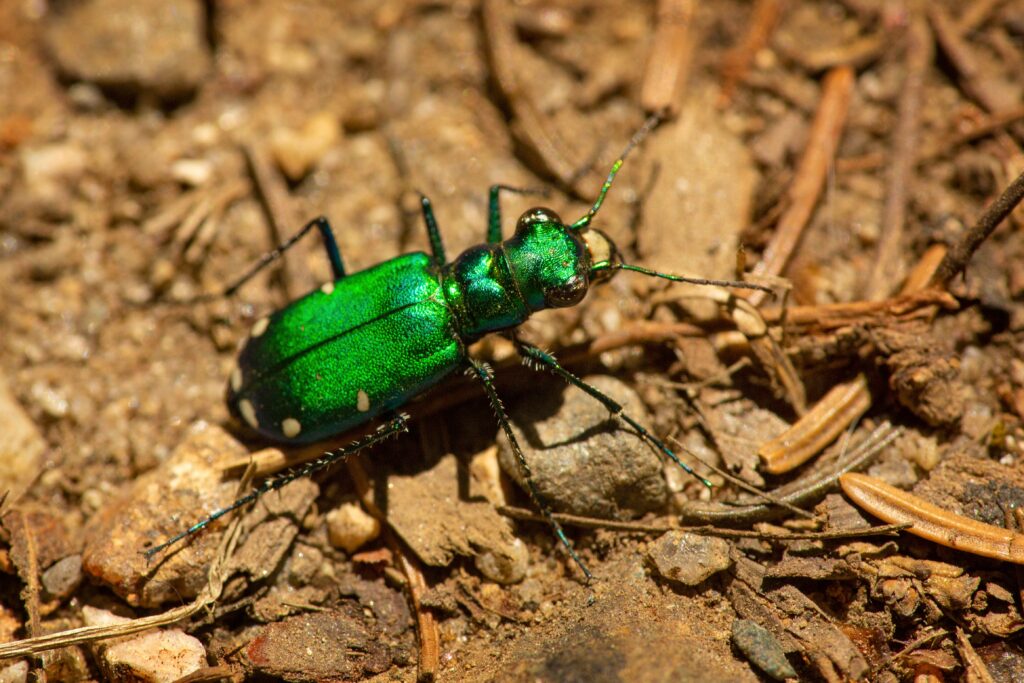
Beetles come in a wide variety of vibrant colors and intricate designs. These remarkable insects, found in diverse habitats, often captivate with their exotic appearances. Read More.
21 Strange Geological Formations Found in Uninhabited Lands
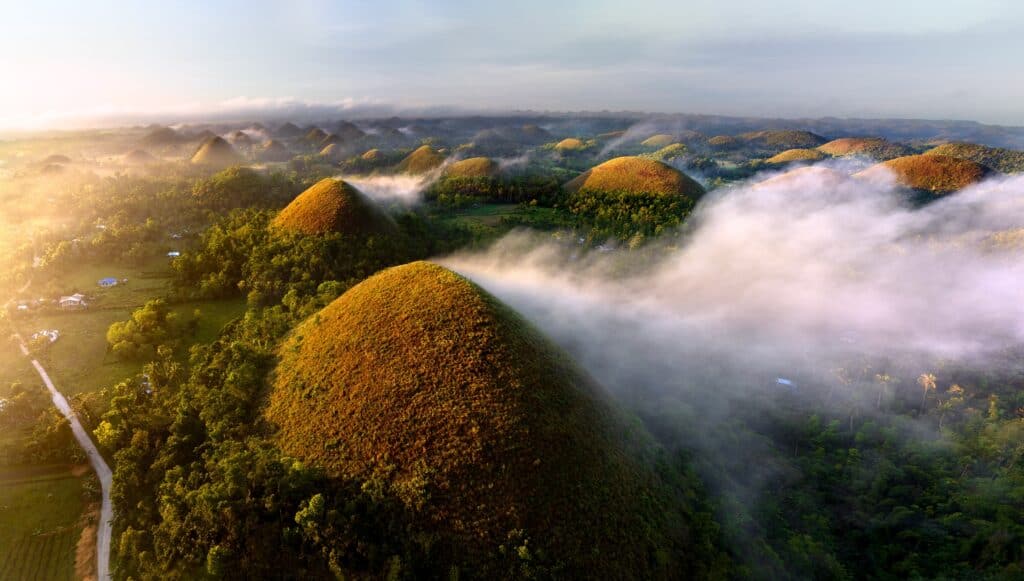
The Earth hides some of its most extraordinary formations in uninhabited regions. These remote landscapes are home to geological wonders that seem almost otherworldly. Read More.
16 Unique Flora and Fauna Found Only in Isolated Ecosystems
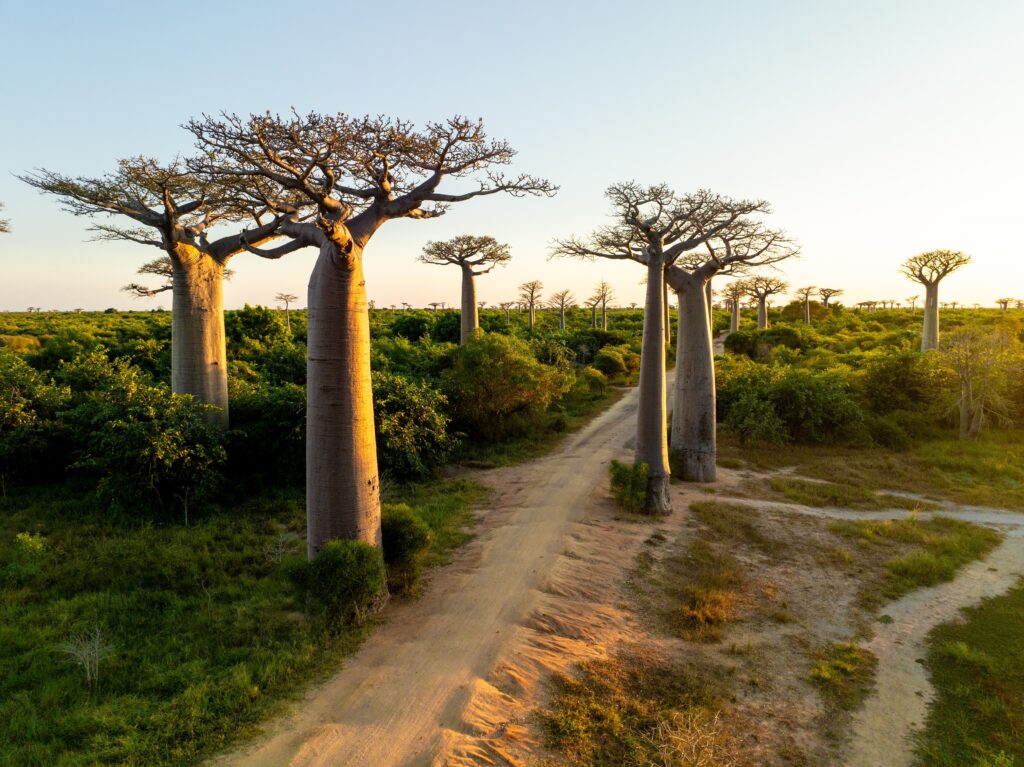
Isolated ecosystems have given rise to some of the most unique plants and animals on Earth. These regions, often cut off from other landmasses for millions of years, allow species to evolve in ways that are found nowhere else. Read More.
